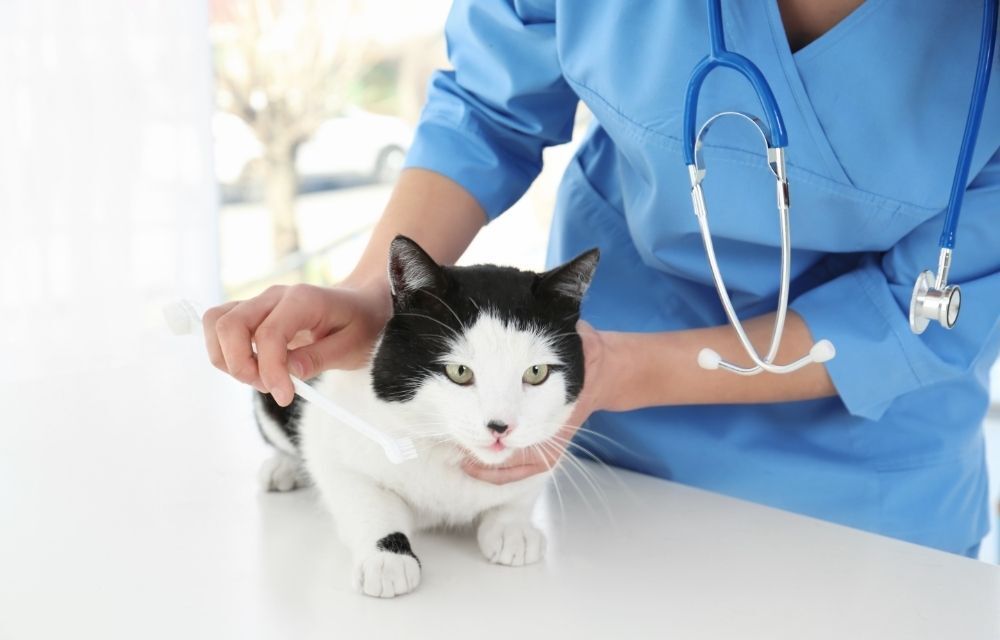BLOG

Nearly everyone has experienced the frustration of being short-staffed in an office from time to time. However, in the already stressful world of veterinary medicine, being short-handed can really amplify typical issues leading to increased compassion fatigue for staff and ultimately hurting retention of existing staff members.
Throughout the country, veterinary practices are experiencing a level of business seldom seen before now. You’ve likely observed this in your practice. Many are reporting higher-than-ever demand for appointments and services while finding it difficult to fill various open positions.
The available data would largely support this notion of a shortage within this field. An analysis of veterinarian openings to candidates showed that there are approximately 1.7 open positions per available candidate, which translates to 1,400 open positions that may remain unfilled. When specialized openings such as those in government, large animal medicine, and academia are included, the number of positions that will remain unfilled rises to an astounding 2,000. This means there are only enough candidates for about half of the open positions.
For those wondering why it has been so difficult to attract talent, the shortage may explain the answer to the problem, but it does not alleviate the concerns that overburdened practices have. You may find yourself asking how we ended up in a veterinarian shortage in the first place. There are a few reasons behind this.
Pandemic’s Effect on Pet Ownership
You’ve probably heard anecdotal tales about families adopting more pets in recent years. With many people stuck at home for months, a new pet provided much-needed companionship, particularly for those who live alone. In truth, many people have reported that their pets, both old and new, greatly helped their ability to maintain their mental health during the pandemic.
These stories check out when examining the data. The presumed growth in pet ownership has been confirmed by research. A survey from the American Pet Products Association found that the percentage of U.S. households with a pet grew from 67% at the beginning of 2020 to 70% at the end of 2020. With 122 million households in the U.S., this 3% increase translates to 3.6 million households with new pets.
With less than 50,000 veterinarians in the U.S., this growth in pet ownership adds up to an additional 72 new households per veterinarian. While not every household seeks veterinary care, this figure only includes new pet households and not those which have already had pets and adopted more.
Bottleneck in Professional Programs
While the increase in pet ownership is one factor that has precipitated this shortage, a secondary aspect preventing it from being resolved is a bottleneck in students getting into veterinarian schools.
Typically, when we hear about a shortage in a profession, the problem refers to there not being enough people who desire to enter a particular field. However, with the veterinarian shortage, this is not necessarily the case. There are many individuals interested in training to become a veterinarian who are unable to get into vet school.
This has not been a problem historically, as the nation’s 32 accredited veterinary schools have been sufficient to meet the needs of the profession with their current admission standards until recently. Unfortunately, the current number of newly conferred veterinarians is not enough to meet shortages.
There will not be enough qualified applicants to meet the shortage within a few years. An analysis showed that there are between 2,000 and 3,000 rejected DVM applicants in a typical year that are sufficiently prepared to succeed in veterinary school. Thus, finding a way to admit and educate more students could potentially provide relief; however, the ability of veterinary schools to accomplish this quickly is unlikely.
The current veterinarian shortage is primarily driven by a recent dramatic rise in pet ownership. It is also being maintained by a bottleneck where veterinary schools cannot admit enough students to meet the shortage. Sadly, the veterinarian shortage appears to be here to stay. Request for veterinary appointments increased by 4.5% in 2020 and by an additional 6.5% in the first half of 2021. For the time being, a practice’s solution to the veterinarian shortage will be to outcompete other practices for scarcely available talent. If you’re struggling with this shortage yourself or have any questions or concerns, we encourage you to contact us directly for more information on this subject.
